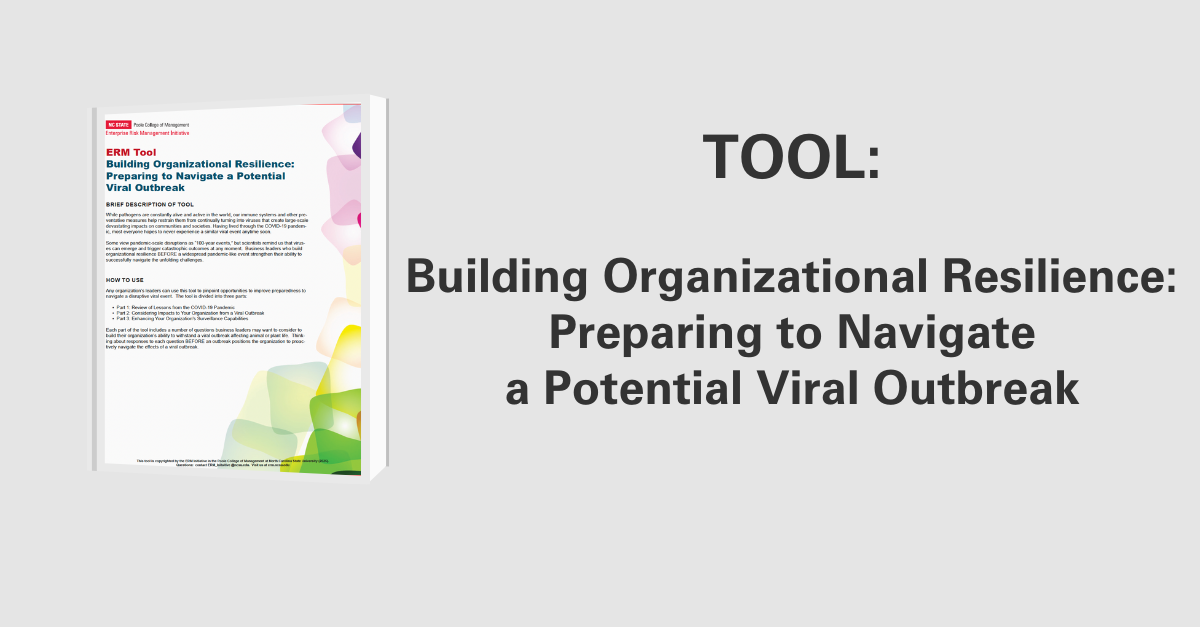Six Sigma and Risk Assessments
Textron Inc, a Rhode Island based company in the aerospace, defense and intelligence, industrial and financial services industries, has long utilized its audit services group in an entity-wide transformation effort to better align its products and services to meet customer demand. In light of the changing risk environment, the audit services group switched gears to further focus on a broad range of risk assessment and assurance. To more easily tailor the process to its own company, Textron’s audit services group chose to create its own risk assessment process, entitled the Textron Design for Six Sigma (DFSS) methodology.
This article, authored by Joseph J. Jolin, discusses the DFSS is a seven-phase process that includes a set of tools allowing decision makers to explore a new process design or redesign an existing process, product or program by balancing all inputs to provide the optimal solution. It utilizes data and concrete methods to remove subjectivity while allowing a direct comparison of conflicting opinions and requirements. The detailed documentation also provides a solid foundation for monitoring progress and future improvements.
The first phase of DFSS focused on gaining a broader understanding of customer and business requirements by creating a project team that included members from Audit Services, business units and corporate participants. Six Sigma screening tools were then used to prioritize responses to obtain the most important customer requirements. In the second phase, conceptual design and feasibility, the team developed functional requirements to build a framework. Phase three, preliminary design, focused on stress-testing design elements to identify potential failures.
Phase four focused on detail design where the team performed multiple tests to ensure that the design was working by providing the intended output. Lead process improvement was also applied in this phase to ensure the process would also meet the needs of managing costs, being efficient and having transparency of information flow. After the detail design, the last three phases focused on validating the risk model’s success, implementing the process and establish sustaining controls.
As a direct result of the DFSS system, Textron was able to apply its Enhanced Risk Assessment Process (ERAP) which helps to quantify risks and develop a flexible, risk-based audit plan. This plan is shared with both internal and external auditors, as well as Textron’s Control Group to ensure that coordinated responses are developed to address risks on an enterprise-wide basis.
With these new tools in Textron’s Audit Service’s hands, the department has been able to reduce its annual operating budget by twenty percent and cover more risk areas by adapting focus to any element of the company. Not only has it increased the added value of the department, but also reduced the average number of hours required to perform an audit while also providing more ability for the audit function to respond immediately to the demands of a changing environment.
Original Article Source: “Risk assessments Six Sigma style”, Joseph J. Jolin, 2009


